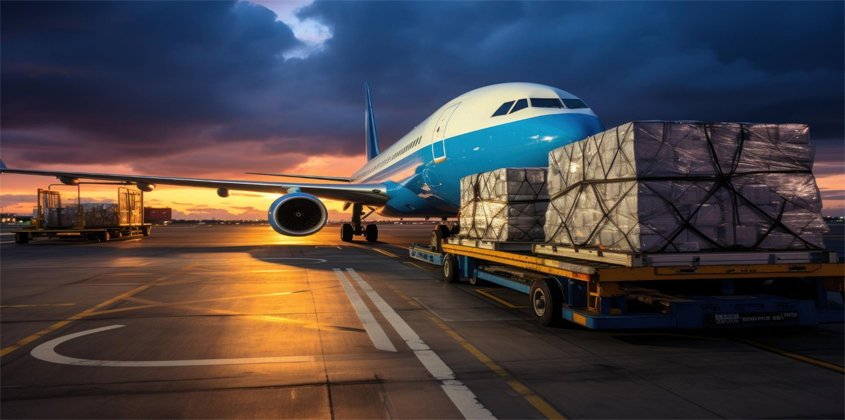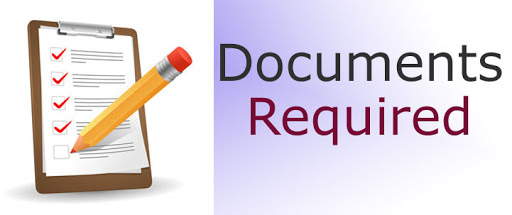- By TOP CHINA FREIGHT
- September 27, 2025
- Air Freight, Shipping
Table of Contents
Air freight rates China have become a cornerstone for international trade, especially for businesses seeking speed and reliability. Understanding these rates and the factors influencing costs is crucial for importers and exporters looking to optimize logistics, reduce expenses, and improve supply chain efficiency. This guide will walk you through cost structures, transit options, customs requirements, and actionable strategies to make your air shipping seamless and cost-effective.

What Are the Current Air Freight Rates China?
Air freight rates fluctuate based on market demand, fuel prices, cargo weight, and route availability. As of 2025, typical air freight rates from China to major destinations are as follows:
| Destination | Average Rate (USD/kg) | Transit Time | Notes |
|---|---|---|---|
| USA (New York) | 5.5–7.2 | 3–5 days | Peak season may rise 20% |
| Germany (Frankfurt) | 4.8–6.5 | 2–4 days | High reliability |
| Australia (Sydney) | 5.0–6.8 | 3–4 days | Lower risk of delays |
| UAE (Dubai) | 3.8–5.2 | 1–3 days | Popular for electronics |
| Singapore | 3.5–4.7 | 1–2 days | Fastest regional delivery |
These rates are influenced by cargo type, weight, seasonal surges, and airport handling fees. Additionally, express shipments are priced higher due to priority handling.
Why Choose Air Freight Over Sea or Rail?

Air freight is ideal for time-sensitive and high-value goods. Here’s a comparison:
| Shipping Method | Cost per kg | Transit Time | Pros | Cons |
|---|---|---|---|---|
| Air Freight | High | 1–5 days | Fast, secure, reliable | Expensive for heavy cargo |
| Sea Freight | Low | 20–45 days | Economical for bulk goods | Slow, port delays possible |
| Rail Freight | Medium | 10–20 days | Balance between cost & time | Limited destinations |
Businesses dealing with electronics, pharmaceuticals, luxury items, or perishable food prefer air freight to ensure goods arrive quickly and in optimal condition.
What Documents Are Required for Air Freight From China?

To ensure smooth customs clearance, these documents are essential:
| Document | Purpose |
|---|---|
| Commercial Invoice | Proof of value and transaction details |
| Packing List | Details contents, weight, and dimensions |
| Air Waybill (AWB) | Contract of carriage between shipper & carrier |
| Export License (if required) | Mandatory for restricted goods |
| Certificate of Origin | Verifies product origin |
| Insurance Certificate | Covers cargo loss or damage |
Having these ready in advance reduces delays and avoids penalties.
How to Reduce Air Freight Rates China?
Combine multiple small shipments into one larger cargo.
Avoid Chinese holidays and peak seasons when rates surge.
Long-term partnerships can yield discounts.
Reduce volumetric weight by using efficient packaging.
Some carriers offer competitive rates for specific routes.
Which Goods Are Most Suitable for Air Freight?
Not all cargo is ideal for air transport. Typically, goods with high value or urgency include:
- Electronics (phones, laptops, components)
- Pharmaceuticals and medical supplies
- Perishable food items (seafood, fruits, vegetables)
- Fashion and luxury items
- Critical spare parts for machinery
For bulk, non-urgent cargo, sea freight is more economical.
Case Study: Electronics Export From Shenzhen to New York

A mid-sized electronics company ships 500 units of tablets weekly from Shenzhen to New York. Key insights:
- Weight per unit: 2 kg
- Total cargo: 1000 kg
- Air freight rate: $6.5/kg
- Transit time: 4 days
Total Cost:
1000 kg×6.5=6,500 USD
Benefits:
- Faster replenishment in the U.S.
- Lower risk of theft or damage
- Supports just-in-time inventory
This illustrates that despite higher costs, air freight ensures timely delivery for high-value goo
How Do Airlines Handle Peak Seasons?
During Chinese New Year, Golden Week, and Black Friday, air cargo demand spikes. Airlines respond by:
- Increasing flight frequency
- Imposing peak season surcharges
- Prioritizing express shipments
Planning shipments in advance and negotiating fixed rates with freight forwarders helps mitigate sudden cost increases.
Can Small Businesses Afford Air Freight From China?
Yes, small and medium enterprises (SMEs) can benefit by:
- Using consolidated shipping services offered by freight forwarders
- Leveraging air courier services for small parcels
- Negotiating volume-based discounts
Even SMEs shipping just a few hundred kilograms can access competitive rates without the overhead of large-scale logistics.
Tips for Choosing a Reliable Freight Forwarder
A competent freight forwarder ensures timely delivery, cost efficiency, and smooth customs clearance. Consider:
- Experience – Look for forwarders handling your route frequently.
- Transparency – Clear breakdown of costs and surcharges.
- Tracking System – Real-time shipment visibility.
- Customer Service – 24/7 support for urgent issues.
- Insurance Options – Coverage for high-value cargo.
Partnering with the right forwarder can reduce delays and prevent unexpected costs.
How Does Airport Selection Impact Shipping Costs?
Choosing the right departure and arrival airports can significantly affect air freight rates China. Major hubs like Shenzhen Bao’an, Shanghai Pudong, and Guangzhou Baiyun offer more flight options, competitive rates, and faster customs clearance. Smaller airports may charge higher handling fees or limit cargo volume.
| Airport | Advantages | Notes |
|---|---|---|
| Shenzhen (SZX) | Frequent flights, competitive rates | Ideal for electronics |
| Shanghai (PVG) | Large cargo handling, global links | Good for high-volume shipments |
| Guangzhou (CAN) | Efficient customs, multiple carriers | Suitable for urgent goods |
Freight forwarders often recommend using major hubs for cost savings and reliable delivery.
How Technology Is Changing Air Freight Rates China
Logistics technology, like AI-based route optimization, predictive pricing, and digital booking platforms, is reshaping air freight pricing. Companies can now:
- Compare real-time rates across carriers
- Monitor cargo in transit
- Predict cost fluctuations due to fuel, demand, or weather
Conclusion
Understanding air freight rates China is crucial for businesses aiming to optimize costs, maintain inventory efficiency, and meet tight delivery schedules. By considering cargo type, route, season, and freight forwarder services, companies can balance speed and cost effectively. Implementing best practices such as consolidated shipments, packaging optimization, and careful documentation ensures smooth logistics operations. Partnering with experienced forwarders further enhances reliability and reduces risks associated with international shipping.
Need a Shipping Quote?
If you want expert guidance and peace of mind, our team is ready to assist.
TJ China Freight offers tailored solutions to help businesses of all sizes ship more reliably from China.

FAQ
Q1:What is the fastest way to ship goods from China?
Air freight is fastest, usually 1–5 days. Express services speed up customs clearance and delivery.
Q2:How can I calculate air freight charges?
Charges are based on higher of actual or volumetric weight. Include fuel, security, and peak season fees.
Q3:Is air freight more expensive than sea freight?
Yes, air freight is costlier but faster. Sea freight suits bulk, non-urgent shipments.
Q4:What documents are essential for air shipping from China?
Commercial invoice, packing list, air waybill, export license, certificate of origin, and insurance certificate.
Q5:How do peak seasons affect air freight rates?
Rates rise due to high demand and surcharges. Plan shipments in advance to avoid cost spikes.
